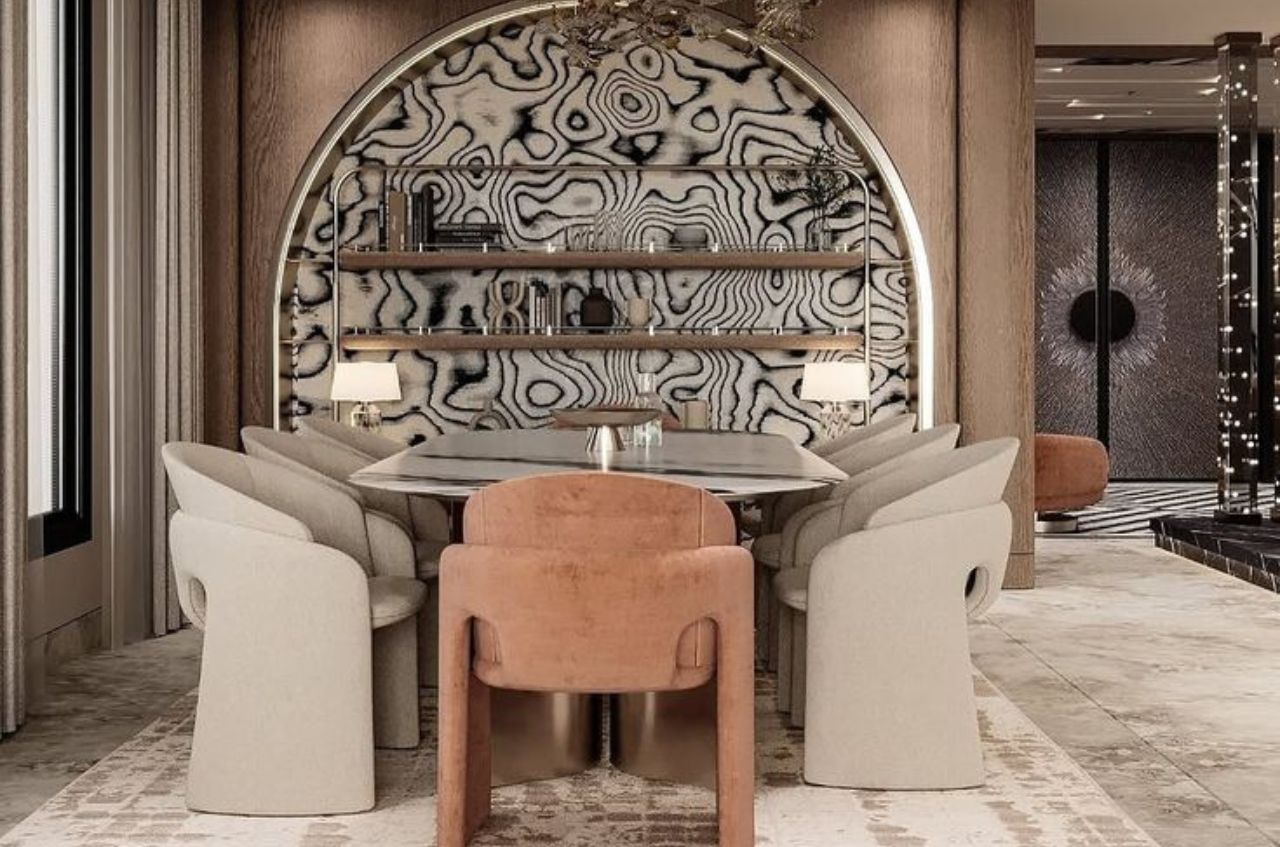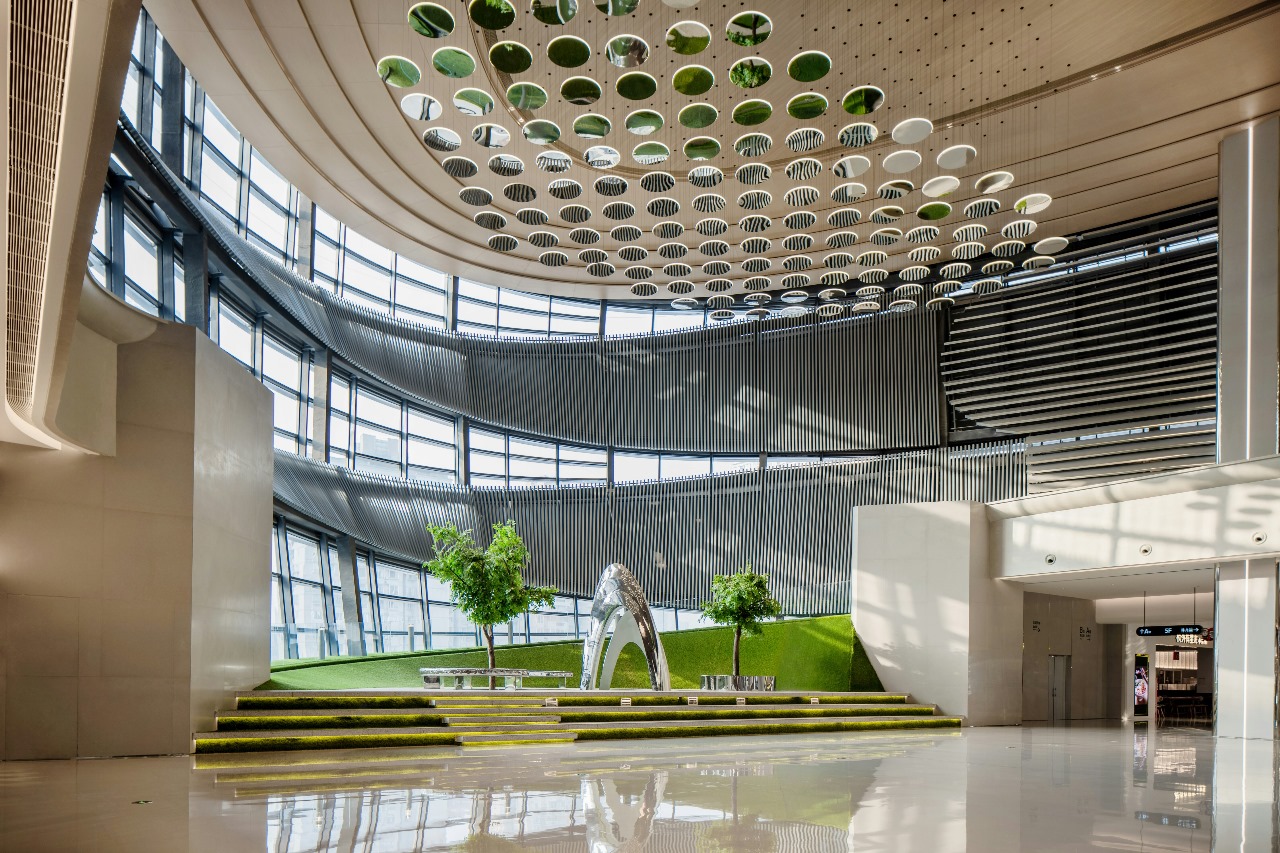
Vastu for Kitchen
Few spaces in a home's architecture hold as much influence over daily well-being as the kitchen. It is the heart of nourishment, health, and family togetherness. According to Vastu Shastra, the ancient Indian science of architectural harmony, the kitchen is not merely a functional zone—it's an energetic space that governs prosperity, vitality, and emotional balance. A Vastu-compliant kitchen promotes health, improves digestion, strengthens relationships, and creates an atmosphere of abundance. Whether you're planning a new build or renovating an existing home, understanding the principles of kitchen Vastu can guide you toward a balanced and thriving living environment.
Ideal Location of the Kitchen
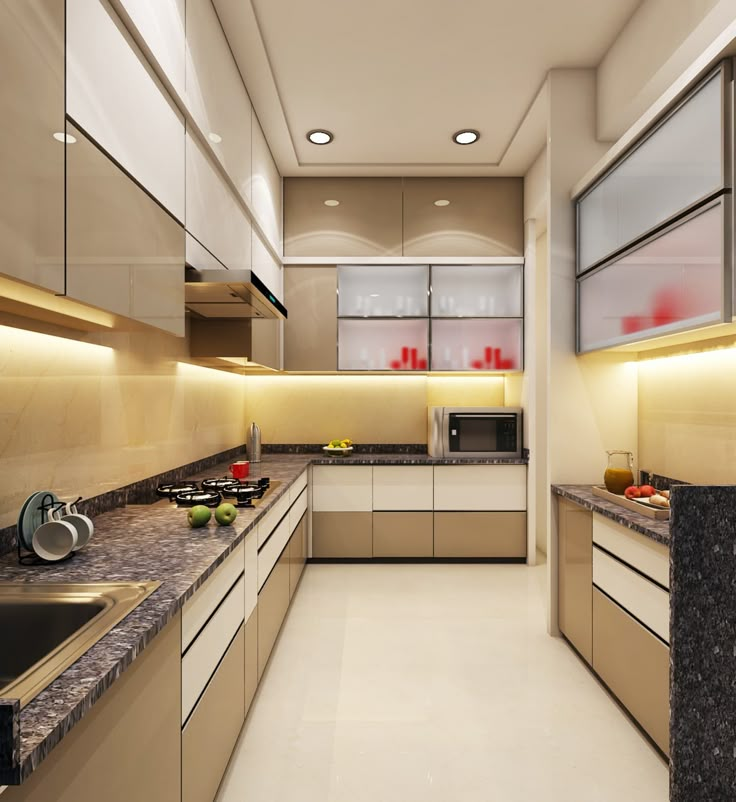
The best direction for the kitchen is Southeast (Agneya Kon), ruled by Agni, the fire deity, making it ideal for cooking-related activities. This placement enhances digestion, motivation, and success. If Southeast is unavailable, the alternate direction is Northwest (Vayavya Kon), which promotes movement and flow, making it suitable for larger or joint families. Avoid placing the kitchen in the Northeast (Ishanya), as it is a spiritual zone that disrupts tranquility, or the Southwest (Nairutya), which can lead to health and financial issues. Placing the kitchen in the center of the home (Brahmasthan) should also be avoided, as it blocks the core energy flow.
Detailed Layout Recommendations
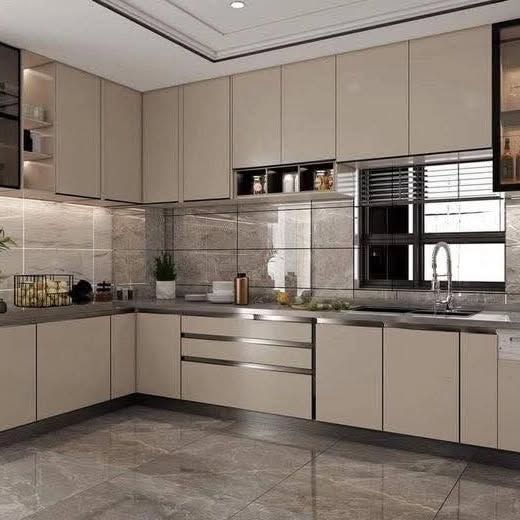
For optimal kitchen design according to Vastu, the stove and cooking area should be placed in the Southeast, with the cook facing East. Avoid aligning the stove directly with the entrance or placing it under a beam or opposite a door. The sink, RO unit, and washing area should be in the Northeast, keeping them separate from the stove to maintain a balance between the fire and water elements. The refrigerator is best placed in the South, West, or Southeast, but never in the Northeast. For microwaves, ovens, and electrical appliances, the Southeast or South is ideal, and these should be grouped. Storage for grains and utensils should be in cabinets in the South or West, with heavy utensils stored in the Southwest. Avoid placing storage in the North or East. The kitchen entrance should ideally face East, North, or West, with a clockwise-opening door that does not obstruct pathways.
Interior Design Guidelines
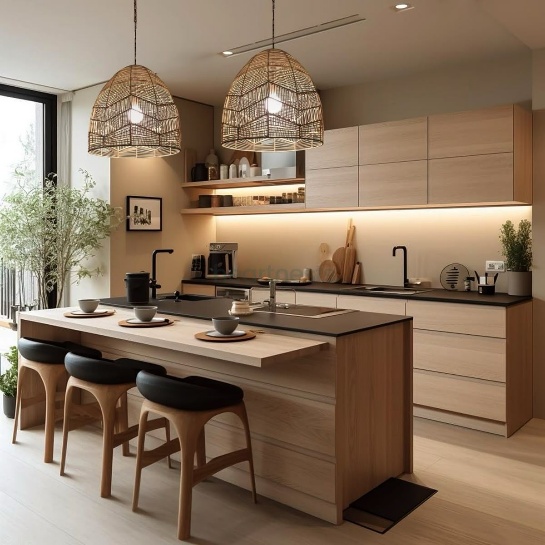
The color palette in the kitchen plays a crucial role in influencing both the mood and energy of the space, complementing the Fire element without overwhelming it. Recommended colors include warm tones like yellow, orange, and peach, which stimulate the appetite and promote energy. Light green adds freshness and balance, while cream and beige create a neutral and calming environment. It's best to avoid dark grey and black, as they absorb energy, and bright red in excess, which may lead to aggression. Blue should also be avoided, as it weakens the Fire element due to its association with water.
Lighting and Ventilation
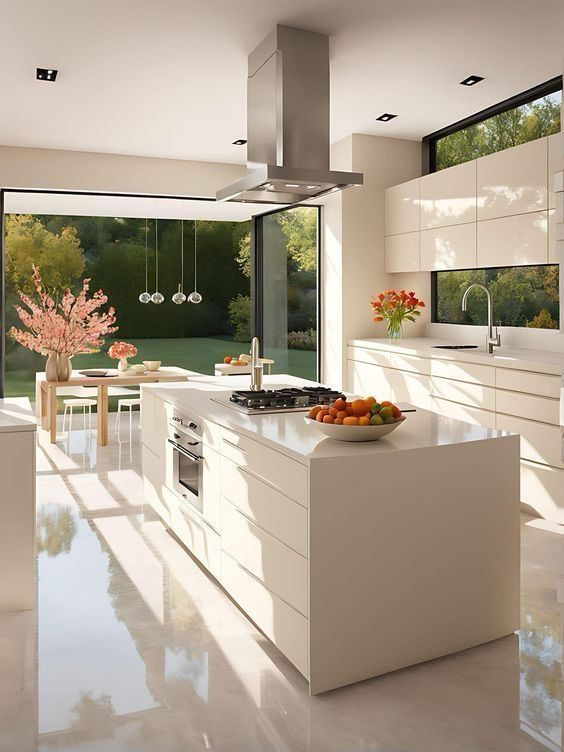
For a balanced kitchen environment, prioritize natural light, especially from the East, as it enhances positivity and vitality. Use exhaust fans or chimneys to ensure proper ventilation, preventing the buildup of heat and odors. In spaces with limited natural light, opt for quality artificial lighting to brighten the room and maintain a warm, inviting atmosphere. Air purifiers can also be added to improve air quality, ensuring a fresh and healthy cooking space.
Modern Kitchen Vastu Tips
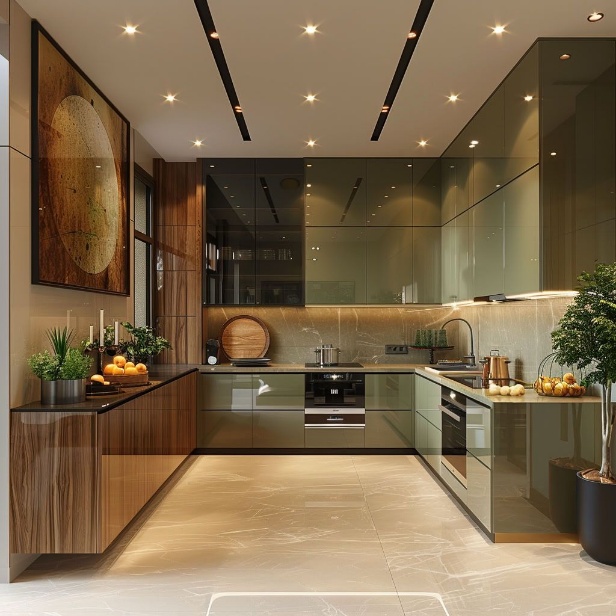
Contemporary modular kitchens can still align with Vastu principles through smart design. Divide the kitchen into zones based on elemental compatibility: the stove represents Fire, the sink represents Water, and storage areas (like cabinets) represent Earth. Use natural materials such as wood or granite to maintain harmony, and incorporate brass or copper elements to enhance energy balance. It’s also essential to keep the central kitchen space clutter-free to ensure a smooth flow of energy, promoting a peaceful and productive cooking environment.
Dining Area Connection
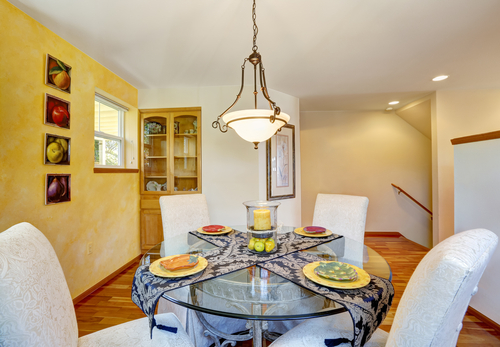
In modern open layouts that merge dining and kitchen areas, Vastu alignment can enhance harmony. While dining, face East or North to attract positive energy. Avoid sitting under exposed beams, as they can create a sense of pressure and discomfort. Ensure the dining area is clean, well-lit, and organized, as clutter can disrupt the flow of energy and impact the overall atmosphere. A well-planned space fosters both nourishment and a sense of well-being.

